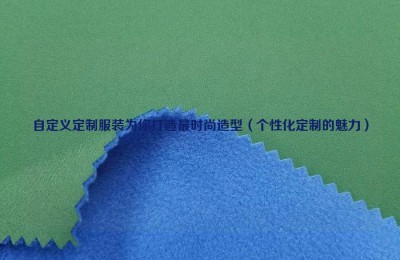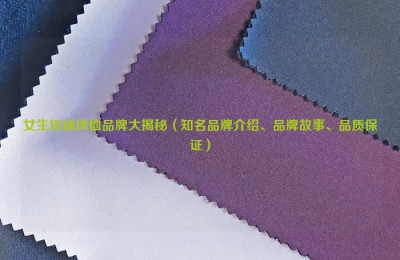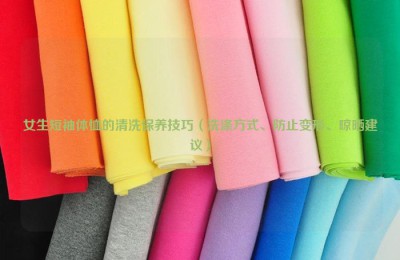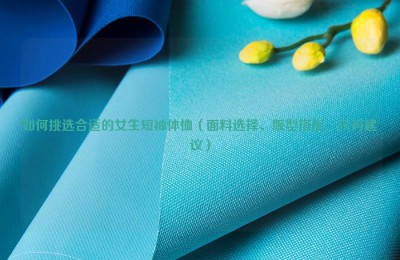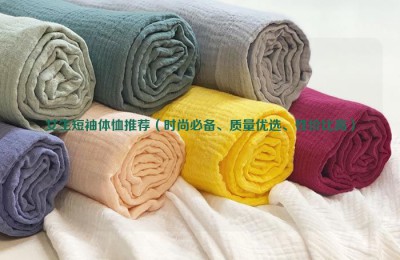Denim fabrics (indigo labor cloth, rugged cloth) are textile products loved by consumers. This product has been popular in the world for more than 100 years, especially in Western countries. It only became popular and put into production in our country in the 1990s. At present, China has become an important producer of denim in the world.
1. Classification of denim fabrics
Denim fabrics with equal weave knots are made of white pure cotton coarse count yarn dyed indigo blue as warp yarns, white pure cotton yarns as weft yarns, and are denim fabrics interwoven with a 3/1 structure. . In recent years, with the development of the economy and the changing needs of consumers, the variety of denim fabrics has also continued to increase. The classification is as follows:
(1) According to weight
Denim fabrics can generally be divided into three categories: light, medium and heavy. The cloth weight of light denim fabric is 203.5~330.6g/m2; the cloth weight of medium denim fabric is: 339.1~432.4g/m2; the cloth weight of heavy denim fabric is 440.8~508.7g/m2.
(2) According to elasticity
Denim fabrics include non-elastic denim fabrics and elastic denim fabrics. Among elastic denim fabrics, it can be divided into warp and weft double elastic denim fabrics, warp elastic denim fabrics and weft elastic denim fabrics.
(3) According to the raw materials used
Denim fabrics include cotton denim fabrics, cotton and linen blends, cotton and viscose blends or cotton and other chemical fiber blends, silk blends, wool blends, spandex core-spun yarn elastic Denim fabrics etc.
(4) According to different colors
Denim fabrics include dark blue, light blue, light cyan, brown, black, red, white, and various colors and colors.
(5) According to different weaves
Denim fabrics include plain weave, twill weave, broken twill weave, satin weave and jacquard weave.
(6) According to different printing and dyeing processes, denim fabrics include printing, paint printing, paint dip dyeing, super bleaching, etc.
(7) According to different finishing methods
Denim fabrics include water-washed stone-washed, sand-washed, sanded, etc.
(8) According to fabric types
Denim fabrics include traditional denim fabrics and colorful denim fabrics. Traditional denim fabrics are made of pure cotton indigo-dyed warp yarns interwoven with right twill weave. Due to the different density and density configuration of warp and weft yarns, weft yarns of different colors can be produced, and 3/1 is used to produce product series of various specifications and weights. Colored denim fabrics are produced using different raw material structures, different processing techniques, and different physical and chemical methods in order to meet people’s needs for colorful clothing, such as colorful denim fabrics that are popular all over the world. The main varieties of domestic floral denim fabrics include floral white denim fabrics, indigo jacquard denim fabrics, jacquard stretch denim fabrics, denim silk, etc.
2. Characteristics and uses of denim fabric
(1) Characteristics of denim fabric
Denim fabric is characterized by high fabric density, thick and soft feel, bright color, clear texture, good moisture absorption and shape retention Sexy, wear-resistant, comfortable to wear, simple and generous. Its unique style of rugged simplicity, return to simplicity, and return to nature is loved by people from all walks of life and has endured for more than a hundred years.
(2) Uses of denim fabrics
Due to the variety of raw materials and different dyeing and processing methods, the consumption has gradually expanded from young people in the past to men, women, old and young.
In the wearing season, due to the different weight specifications such as light, medium and thick, and the raw materials such as cotton, wool, silk, hemp, chemical fiber, etc., as well as the differences in dyeing and finishing processes, denim clothing has changed from spring and autumn in the past. Used in two seasons, it can be worn all year round.
Due to the emergence of high-end denim fabrics, denim clothing has developed from home wear, casual wear, and vacation wear to clothing in social occasions.
The application scope of denim fabrics has also expanded from clothing to shoes, hats, bags, suitcases and decorative fabrics.
AAA functional fabric network JYUIYFHGE
Overview of composite fabric information
Denim fabrics (indigo labor cloth, rugged cloth) are textile products loved by consumers. This product has been popular in the world for more than 100 years, especially in Western countries. It only became popu…
This article is from the Internet, does not represent Composite Fabric,bonded Fabric,Lamination Fabric position, reproduced please specify the source.https://www.yjtextile.com/archives/9229


